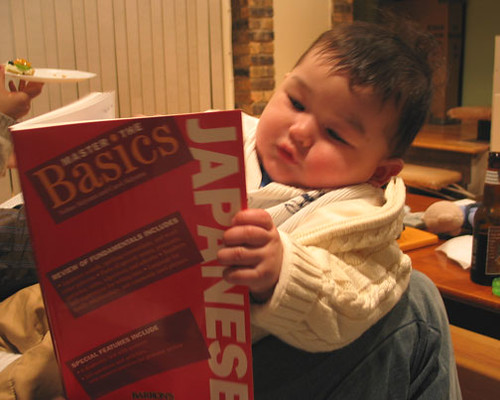Judo words for children.
Judo is a Japanese martial art/sport. As such most clubs will tend to to use Japanese words in the classes.
In an earlier post we covered some basic Judo terminology ( https://www.judo4parents.com/2007/06/26/japanese-judo-words-to-help-your-child-learn/ ) in this post we shall cover some more words and phrases that it helps to know.
Kuzushi
Kuzushi is the word we use to describe balance, or more specifically we use it when discussing the breaking of your opponents balance.
Ukemi
Ukemi is used to describe breakfalls, there are a variety of types of Ukemi, such as backwards and forward rolling. All however will end with the word Ukemi.
Migi and Hidari
Migi is the Japanese word for the right, Hidari the left. These terms are used often to describe movement or direction in Judo.
O and Ko
In simple terms, O means big and Ko means small. O and Ko are commonly used in Judo to describe movements of the leg. Typically, a O movement is larger with the leg moving from the inside to the outside, whilst a Ko movement is smaller and the leg will normally be moving in towards the body.
Seoi
This is generally translated as “Shoulder” and is used to describe a set of throws that involve throwing your partner whilst holding/controlling their shoulder. Ippon Seoi Nage for example.
Ashi
Ashi is used to describe the foot or leg. “Ashi Waza” means foot techniques or foot sweeps (trips). Although generally we use it to mean the feet, Ashi can be used to mean the leg as a whole.
Hiza
Hiza is used to describe the knee. Hiza Guruma is a throw that rotates around the knee.
Goshi
Goshi is the hips. One of the first throws most children learn is “O Goshi”.
Gatame
Gatame is a hold, “Kesa Gatame” and “Tate Shiho Gatame” are different types of groundwork techniques.
Why should you help your child learn the words?
If your child can learn some of the key words they can act as clues to what a technique name means or to what they are being asked to to.
For example, all terms that end in “Gatame” are hold downs. So if your child is asked to show Ushiro Kesa Gatame, but they don’t know what it is; they at least know to go on the ground and start from there.
Similarly “O” movements are similar across a variety of throws. If they can remember that, they are half way to doing the throw. The same is true of knowing the words for Foot, Knee, Hip and Shoulder. Knowing these key words can act as mental anchors to make remembering the names of throws easier.
We shall cover more Japanese words for Judo in later posts.
A note on the translations:
Japanese is a complex language. Translation between Japanese and English is similarly very complex. The definitions given here would probably make a Japanese language teacher cry. They are the “common use” translations used in English speaking countries. As such, please treat them as a starting point, not a definitive translation.

I’m glad to answer your quiotesns and comments. Injuries occur very often when one attempts to do in competition what one has not practiced enough in training. This is valid not only for turnouts, but for simple Judo techniques like O soto gari, Uchi mata, or armbars. Head rolls are done in conjunction with the arms amortizing the impact on the head. Quite frankly, the head roll is most likely used for low amplitude throws like dropping Seoi nage or Yoko kata guruma. We have had no major trauma in over 35 years because of this skill. Proper training equipment will also have a huge impact on the safety, and wear and tear, of this kind of training. Finally, it’s important that players understand that they have two options when being thrown and that these options depend on where and how they are being thrown. The options are: fall on your back if you can’t safely do a turnout, and turnout if you can do so safely. Training will make these decisions easier to effect.